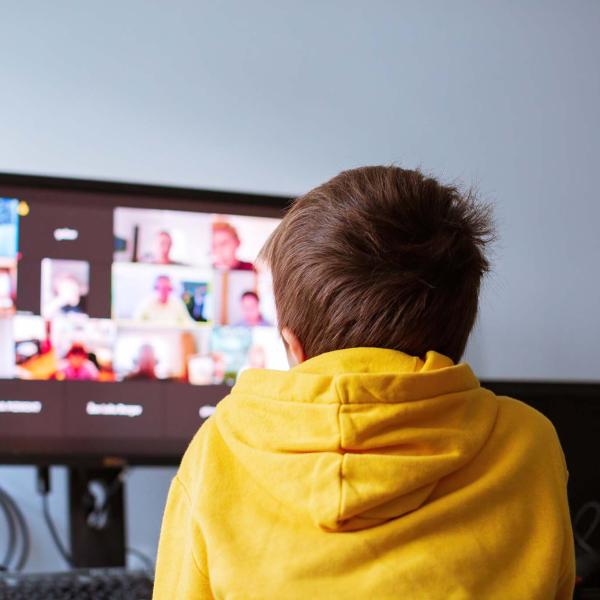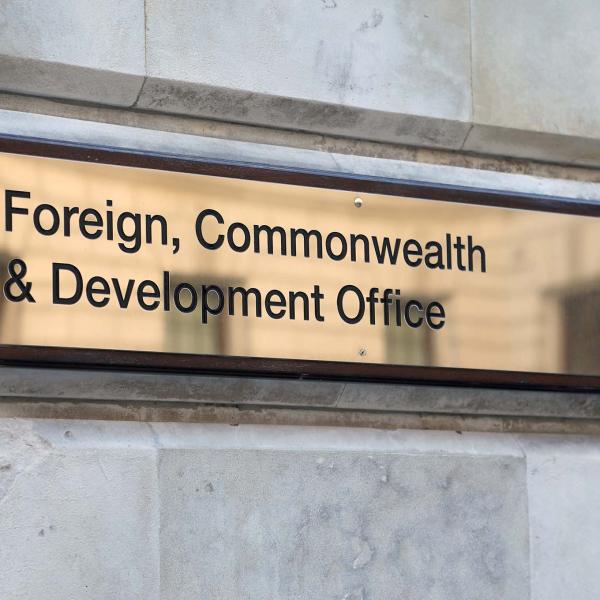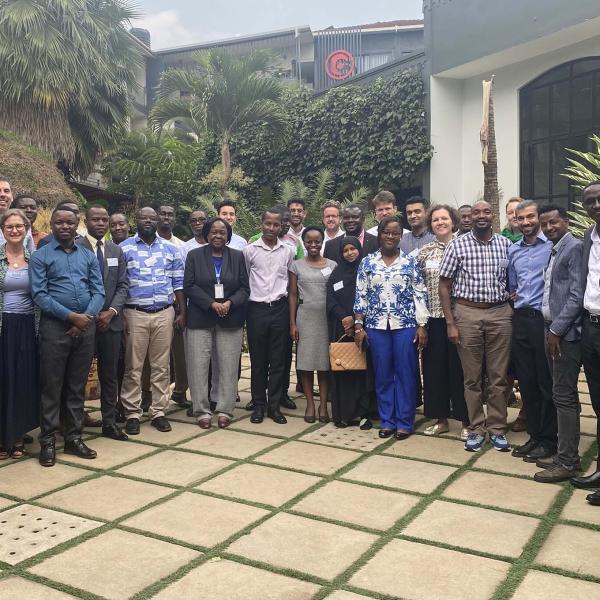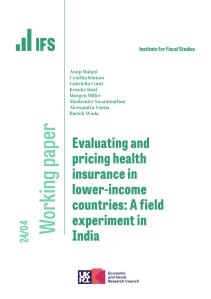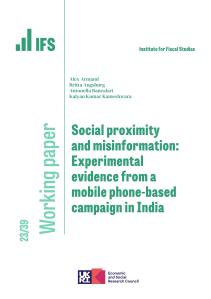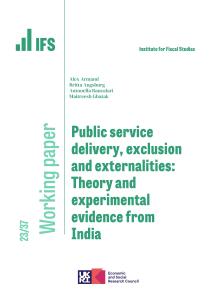An estimated 63.4 million Indian children under 5 years are at risk of poor development. Home visits that use a structured curriculum to help caregivers enhance the quality of the home stimulation environment improve developmental outcomes. However, achieving effectiveness in poor urban contexts through scalable models remains challenging.
Using a cluster randomised controlled trial, we evaluated a psychosocial stimulation intervention, comprising weekly home visits for 18 months, in urban slums of Cuttack, Odisha, India. The intervention is complementary to existing early childhood services in India and was run and managed through a local branch of a national NGO. The study ran from August 2013 to July 2015. We enrolled 421 children aged 10–20 months from 54 slums. Slums were randomised to intervention or control. Primary outcomes were children's cognitive, receptive language, expressive language and fine motor development assessed using the Bayley‐III. Prespecified intent‐to‐treat analysis investigated impacts and heterogeneity by gender. Trial registrations: ISRCTN89476603, AEARCTR‐0000169.
Endline data for 378 (89.8%) children were analysed. Attrition was balanced between groups. We found improvements of 0.349 of a standard deviation (SD; p = .005, stepdown p = .017) to cognition while impacts on receptive language, expressive language and fine motor development were, respectively, 0.224 SD (p = .099, stepdown p = .184), 0.192 SD (p = .085, stepdown p = .184) and 0.111 (p = .385, stepdown p = .385). A child development factor improved by 0.301 SD (p = .032). Benefits were larger for boys. The quality of the home stimulation environment also improved.
This study shows that a potentially scalable home‐visiting intervention is effective in poor urban areas.








